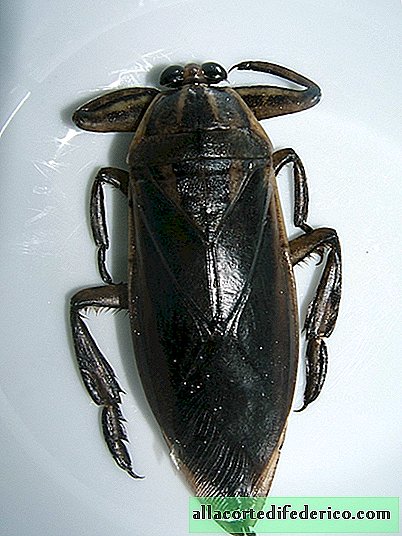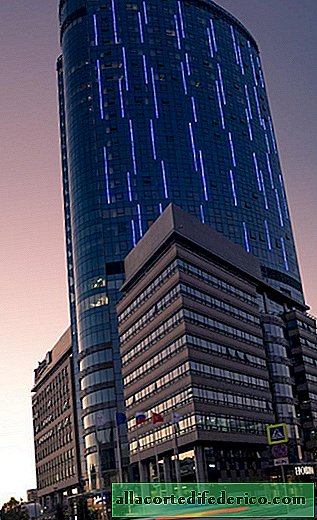Cavers have assistants for the study of complex underground spaces
The first flying unmanned vehicles were invented at the beginning of the twentieth century and were used exclusively for military purposes. The use of unmanned aircraft for peaceful projects began in the late 90s of the twentieth century. The development of the global positioning system (GPS) gave impetus to the emergence of ever new modifications of unmanned aerial vehicles (drones), the boom of which occurred in the early 2010s.
 In the photo: unmanned aerial vehicle
In the photo: unmanned aerial vehicleBut the most vulnerable moment in this miracle of technology was precisely the communication reception system. The fact is that ordinary flying vehicles are oriented in space using GPS, a global satellite-based orientation system. But sometimes for some reason the signal does not reach the device or interruptions in reception occur. In addition, satellite signals are not able to penetrate deep underground. This is precisely what haunted engineers and designers from many countries of the world. After all, if drones learn to fly underground, then many new opportunities will open before humanity.
A brilliant idea came to the mind of Swedish engineers, who were able to construct a drone that can not only fly, but also ride in the underground space. The innovative model was called Tilt Ranger, which can be translated as a "maneuverable wanderer." This device is really very mobile. The Tilt Ranger drone is equipped with four wheels that help it move on the most inconvenient surface. It has increased maneuverability thanks to special carbon fiber rotors. But the principle of its orientation is based on a system of laser scanners. The drone is able to determine its location relative to walls, ceilings and other objects in a matter of seconds. Based on the data he can draw up a digital map of the surrounding space and transmit it to the operator. It is also equipped with a backlight system for work in conditions of insufficient or complete absence of light, which allows it to be used in the most dangerous and inaccessible places, for example, in caves or emergency mines. The developers claim that this device is capable of lifting loads weighing up to 1 kg. The Tilt Ranger drone can work offline for about 20 minutes: for such a period of time, its batteries have enough charge.
 Pictured: Swedish drone Tilt Ranger
Pictured: Swedish drone Tilt RangerBut the main advantage of the Swedish news, of course, is its independence from the satellite orientation system. This ability can be useful not only for exploring caves, in particular for exploring previously inaccessible underground spaces. The drone will be useful to mine rescuers. Often after technological accidents, there is a need to penetrate deep into the mine, which is dangerous for people because of the threat of destruction, radiation or a high concentration of gases. This is where the Swedish invention may come in handy. The Tilt Ranger drone already brilliantly passed the test in one of the mines of Mali, where in 10 minutes it made a detailed digital map of the space, and also visited the abandoned nuclear power plant. We can safely say that this maneuverable baby will help a person solve many of the most complex problems.
 In the photo: flooded mine
In the photo: flooded mine

















